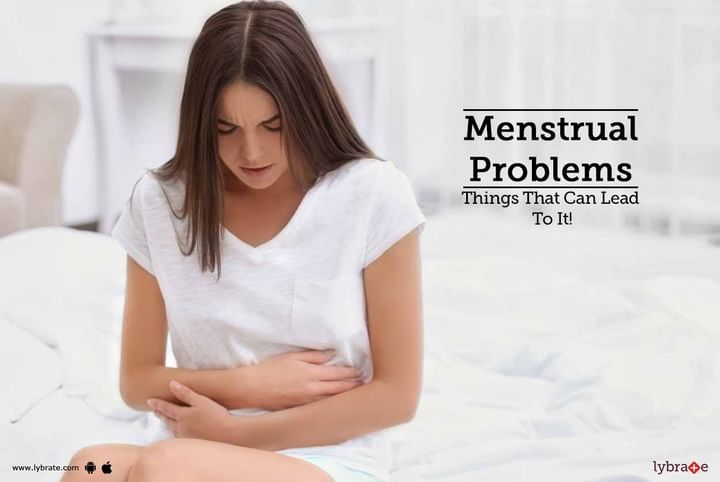Menstrual Problems - Things That Can Lead To It!
By the time a woman is 20 years of age, monthly periods become a part of her routine normal life. Most women are well-equipped to handle it without their normal life (personal or professional) getting affected. They know it is “that time of the month” and are prepared mentally and physically. However, some women find it difficult to do it, as they could be suffering from menstrual problems including irregular periods and uterine bleeding. Most often, the bleeding is abnormal and dysfunctional, when most women are not able to identify a set pattern to it.
The list below identifies the most common forms of abnormal or dysfunctional uterine bleeding:
- A normal menstrual cycle occurs with a gap of anywhere from 21 to 35 days. Anything shorter than 21 days or longer than 35 days is defined as irregular period
- Complete lack of period for up to 3 to 5 months is termed as amenorrhea
- Bleeding that is heavier or lasts longer than usual, and occurs before the due date for that month’s period
- Scanty bleeding between periods
- Spotting or bleeding after sexual intercourse
- Spotting or bleeding even after menopause
Causes: The most common causes of abnormal uterine bleeding are as follows:
- Hormonal imbalances can cause absence of period, increased frequency and amount of bleeding
- Miscarriage, bleeding is often the first sign of miscarriage
- Ectopic pregnancy
- Pregnancy
- Cervical or uterine infections
- Polyps
- Uterine fibroids
- Cancers of the reproductive tract
- Polycystic ovaries
- Endometrial hyperplasia
- Problems with blood clotting
Diagnosis: Menstrual problems are very common; however, most women tend to shy away from talking about it and do not come out in the open. When talking to a doctor, a detailed family history, menstrual history, and physical examination are done to come to a diagnosis. Additional diagnosis can also be done by ultrasound, hysteroscopy, endometrial biopsy.
Treatment: Identifying the problem helps in initiating the right treatment. A combination of the below is usually used in most women.
- Hormonal therapy is based on the underlying condition, and the type and dosage is determined based on it. It could be in the form of tablets, injections, vaginal applications, or released through an intrauterine device.
- Non-steroidal anti-inflammatory drugs (NSAIDs) like ibuprofen are useful in reducing bleeding and controlling cramps during excessive menstrual bleeding.
- Antibiotics may be useful if there is infection of the pelvic organs
- Polyps, cysts, and cancers can be removed surgically and cancer should be ruled out
- Endometrial ablation where the endometrial tissue is treated with heat can be used to control bleeding permanently.
- Hysterectomy is the last resort where other forms of treatment fail.
In case you have a concern or query you can always consult an expert & get answers to your questions!



+1.svg)
